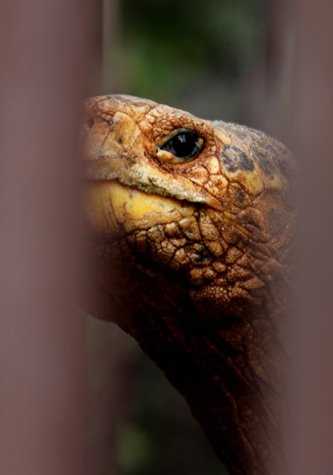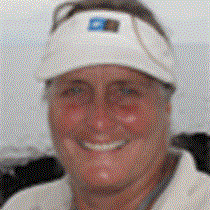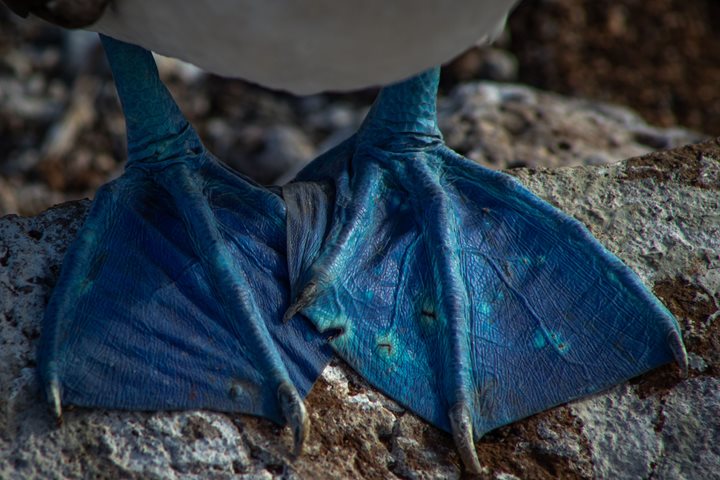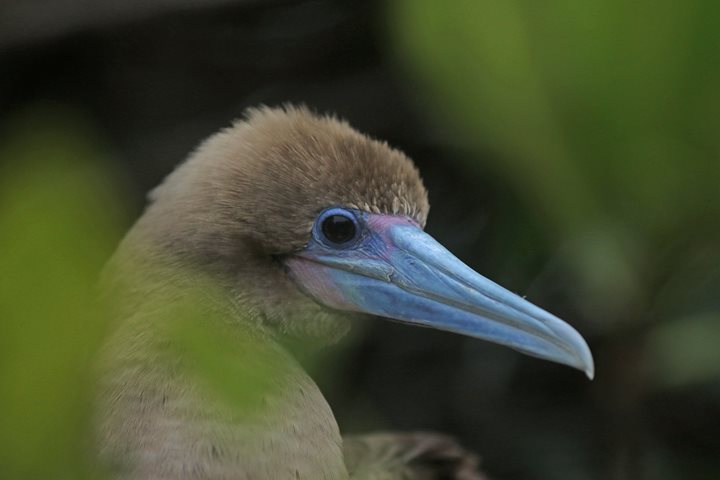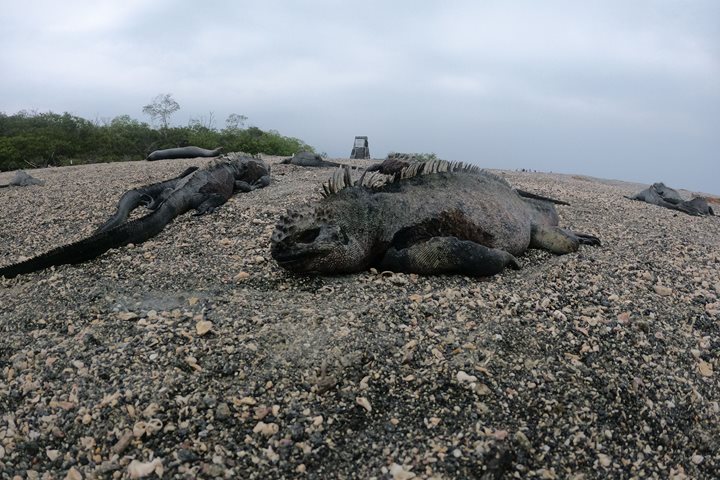During the night we navigated just over 55 nautical miles towards the south and east, first around Santiago Island and then Santa Cruz. Just before dawn Captain Pablo Garces dropped the ship’s anchor in Academy Bay. The port here, called Puerto Ayora, is a bustling town of more than 20,000 inhabitants, most of whom work in tourism, fishing, agriculture, or for the National Park and Charles Darwin Research Station. From our vantage point on the National Geographic Islander we see that houses, hotels, and many varied buildings crowd the coast. After another hearty breakfast we board our fleet of Zodiacs and motor in for our first visit to “civilization” - Galapagos-style!
From where we disembarked on the national park docks, we walked into the tortoise breeding center. Here the eggs of the endangered species of these giant reptiles are incubated and the hatchlings are cared for until the young tortoises can be safely repatriated to the islands of their origin. This captive tortoise breeding program, run first by the Darwin Station and now by the Galapagos Islands National Park, has been amazingly successful! For instance just imagine that from a near extinct population of tortoises on the southeastern island of Española – there were only 15 adult tortoise of this species - we now have over 2,000 tortoises once again roaming the wilds of that island! “Super Diego,” a male Española tortoise - returned to Galapagos in the mid 1970’s from the San Diego Zoo – has been an active breeder and many of the young tortoises now in the wild had his genes!
After our visit to the ark and Charles Darwin Research Station, and a shopping opportunity in some brand new facilities, we followed the main road through town stopping along the way in the many tiny shops and boutiques and taking pictures at the fish market. At The Rock Café we drank a glass of juice and then boarded buses for a short drive into the lush green highlands of Santa Cruz Island. Ten of our guests took the first bus with Jonathan and opted to rent bikes and peddle the last three miles to “El Trapiche” farm where we visited a family-run sugar cane and coffee plantation. We enjoyed learning about their traditional preparation of coffee and cane products, and we particularly enjoyed tasting their excellent coffee, sugar cane juice (best with a squeeze of bitter orange) and potent sugar cane liquor!
Lunch today was at a small restaurant further up in the highlands. We drank cold Ecuadorian beer and ate a meal of grilled chicken (the apple cake for dessert was especially moist and delicious!). By 1345 we returned to the buses and drove further to the west and to a lower elevation where we found giant tortoises in the wild. Three large male tortoises were soaking in a pool of rain water and we enjoyed taking many pictures of them and also finding other tortoises in the lush vegetation. The naturalists took us to the mouth of a large, double deckered lava tunnel, and as it was well lit we walked inside and explored. Volcanic islands are often crisscrossed by these lava tubes.
Our buses took us down to the port where many of us returned to the ship to rest before our evening briefing and dinner. Some stayed on shore for a bit more shopping, or more cold beer. After our buffet dinner we returned to the lounge and were thoroughly entertained by musicians and dancers from EcoArte, a local folkloric group. After their show we sent the musicians home via Zodiac, our crew came back to the ship, and we set sail for Punta Pitt on the eastern island of San Cristobal.

